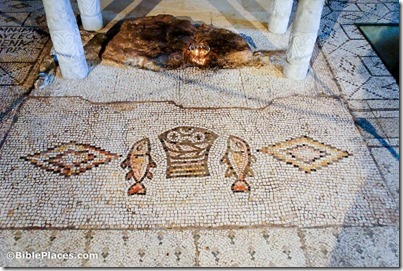Brian Peterson reports on the third and final week of excavations at Khirbet el-Maqatir. The discoveries included a third scarab.
Bible History Daily posts a report on current excavations at Ashkelon.
Arsonists destroyed two storerooms filled with antiquities excavated at Tel Kishon in the Jezreel Valley.
Luke Chandler has arrived for excavations at Lachish. Watch his blog for updates.
Archaeologists working at Hippos have discovered the imprint of a Roman soldier’s shoe.
The mummies of 8 million dogs have been found in catacombs in Memphis.
Ferrell Jenkins takes a new look at Magdala.
Norma Franklin does not carry a Marshalltown trowel, a pencil, notebook, or ruler in her dig bag.
CNN has a 3-minute feature on restoration work on Babylon.
The current issue of BASOR is available for free for a limited time.
The first issue of PEQ from 2014 is also available for free.
The Daily Star reports on the long-running excavations of Sidon.
Robert Deutsch posted some photos from a recent investigation of the ivory pomegranate. He
believes the inscription is authentic.
Israel’s Tourism Ministry is beginning to rank hotels according to the five-star system.
We’ll be sending out a BiblePlaces Newsletter in the next few days. You can sign up for a free subscription here.
HT: Agade, Joseph Lauer


